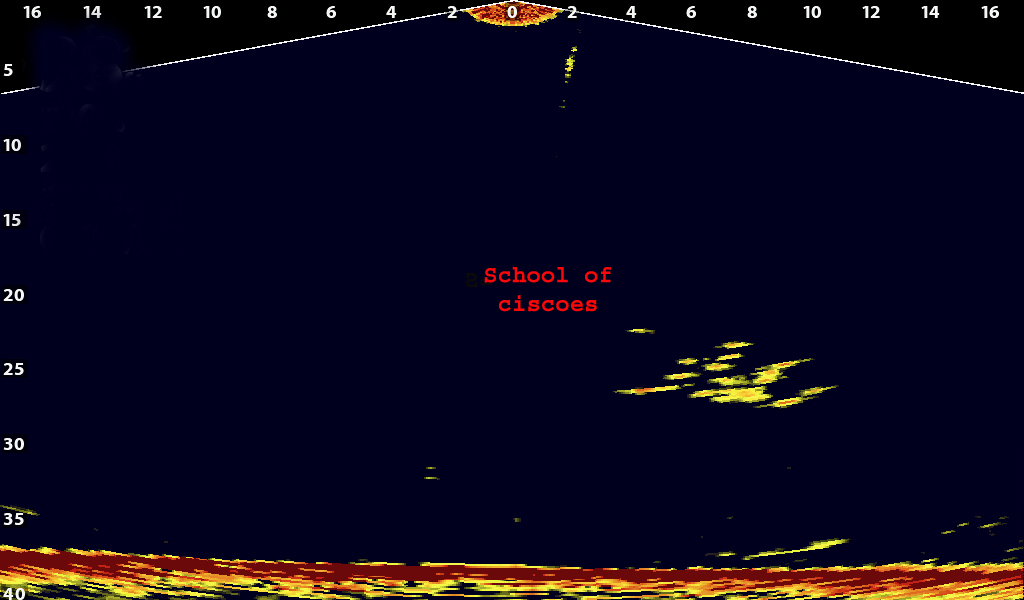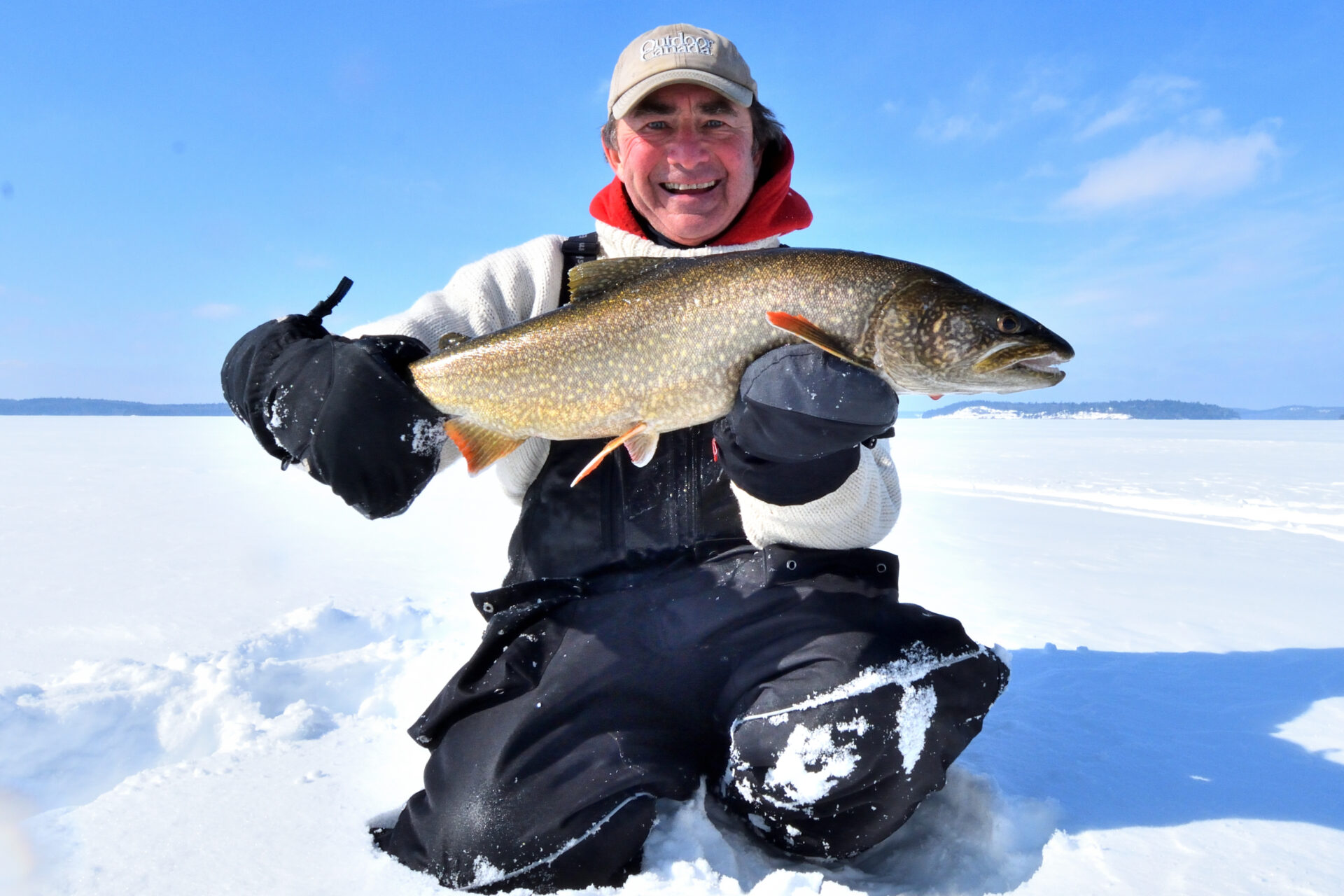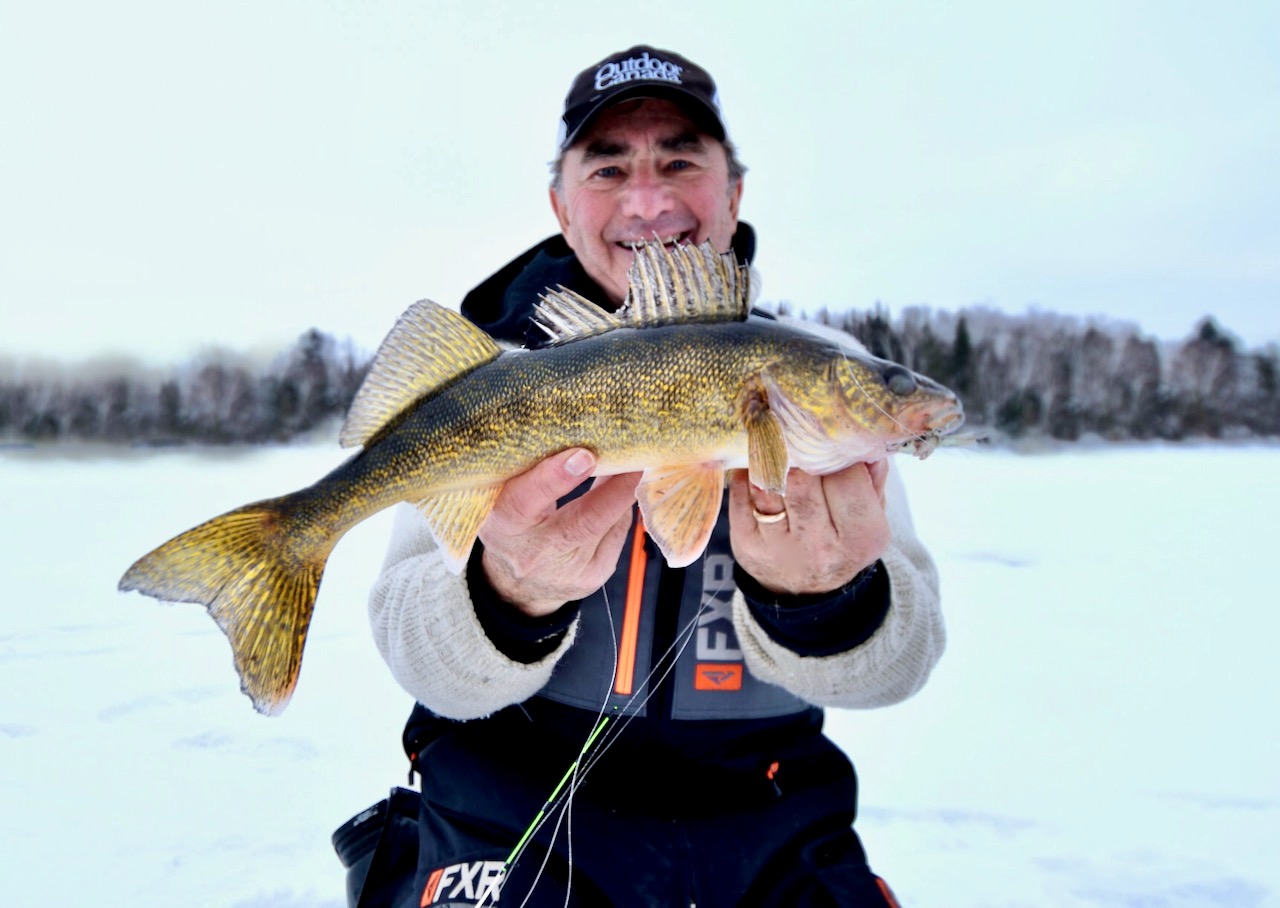FIND THE FOOD, FIND THE FISH
Not all bait balls are created equally, so you need to read the signs
Advertisement
Locating isolated structure and cover is critical to your fishing success. It’s the reason why many nights you’ll find me watching a hockey game on television with my Helix 9 ice unit perched on my lap, zoomed in to the LakeMaster VX map chip. I can’t tell you how many tiny, hidden anomalies I’ve spotted, waypointed and subsequently visited, finding them crawling with walleye, crappies, yellow perch and lake trout.
Advertisement
But there’s another form of structure and cover that you need to be aware of—a mobile form—that will also lead you to the fish. Of course, I’m talking about the schools (or balls) of baitfish such as ciscoes, smelt and shiners that show up, and cross your sonar screen while you’re fishing. You need to scrutinize these bait balls very carefully.
The other day, for example, I was ice fishing for lake trout and within 10 or 15 minutes of setting up, I noticed a nice school of ciscoes swim briskly across my screen, about 10 feet off the bottom. So I dropped down a four-inch white tube and started popping it at a depth coinciding with the top of the bait.

Gotta’ confess, too, it was a little deeper and closer to the bottom than I like to start fishing, but I reckoned that if that’s where the bait was cruising, the trout feeding on them would be there, too. To make a long story short, over the next hour I spotted at least three other schools of what I presume were ciscoes, quickly swim across the screen at roughly the same depth. And I landed four nice lakers in the zone—probably the fastest trout action I’ve enjoyed this winter. Find the food, find the fish. Right? Well, sometimes.
Advertisement
Let’s fast-forward to the next day, when I was ice fishing for walleye. As soon as I dropped down my Jigging Rap, it was intercepted by a horde of small four-, five- and six-inch perch. Then, a few minutes later, I watched a pair of ciscoes chase the bait—you can easily distinguish them on your sonar screen by their turbocharged, never-give-up, chasing manner. I’d found the bait, but the fact that small perch and ciscoes were prepared to expose themselves, out in the open, while aggressively attacking my lure, suggested there were few or no predators in the area. Not great, since those perch predators were the kind of walleye I was hoping to catch.
So, I moved 50 feet away, drilled several more holes, and it was the same thing: hordes of perch—of the exact size that walleye would love to eat—belligerently attacking my lure. So, I moved again and again and again until I spotted a nice red mark that rose up slowly and thumped my lure. It was the first walleye and the beginning of a fun day on the ice.
Advertisement
More interestingly still, later in the afternoon, I walked back over to the first holes I had drilled, and when I dropped my lure down this time, I only spotted an occasional cautious perch that popped up to the lure, looked at it quickly and popped right back down. The little perch were now clearly hanging tight to the bottom and super-cautious about exposing themselves to the danger that was lurking nearby.
Understand what I am saying? I loved seeing the small perch on the screen when I first arrived. It indicated there was ideal walleye food lurking on the underwater point, and that the predators could be nearby. But the fact the prey was willing to expose itself mightily—unlike the fast-swimming, tightly knit schools of ciscoes the day before—suggested they knew they were in no imminent danger.
So the next time you hit the ice—or the water—and see baitfish, try to learn what they’re telling you. Those bait balls are mobile structure that will often lead you right to the predators.


